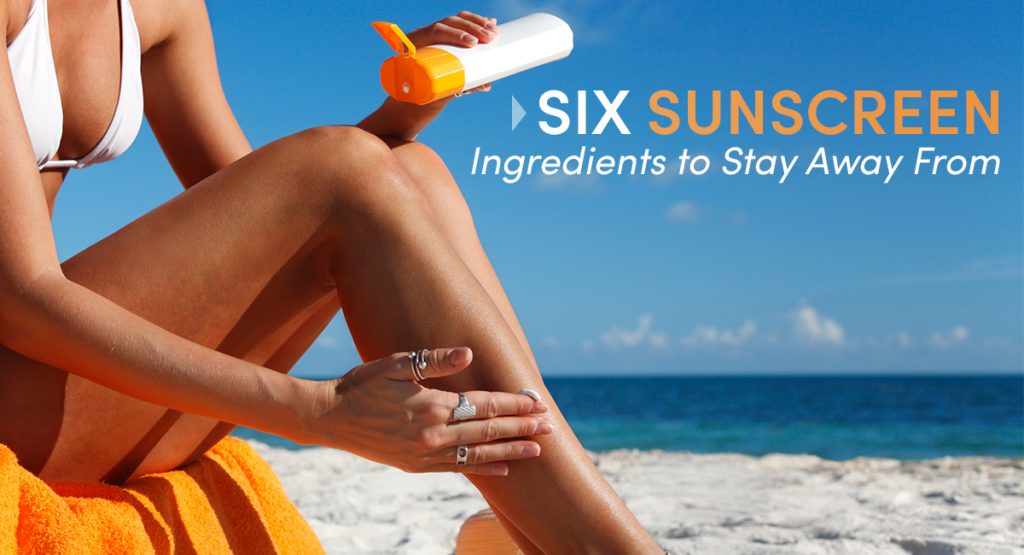
Sunscreen is supposed to keep us safe. You’ve heard the advice over and over again: slather on SPF at all costs to prevent skin cancer, sun damage, and other harmful UV effects. But it turns out that while sunscreen does protect us, some formulations may also be doing us harm.
The FDA recently released a study confirming that 6 of the ingredients commonly found in chemical sunscreens are absorbed through the skin and can hang around in our bodies for weeks. What’s more, these ingredients are lingering in concentrations well beyond the FDA’s level of concern—even after just a single use. It’s prompting many people to take a closer look at what’s really in their sunscreen and to swap out their chemical SPF products for safer and more sustainable options.
What was the FDA’s sunscreen study all about?
For years, the FDA has considered chemical sunscreens safe under the assumption that their ingredients are generally recognized as safe and effective (GRASE). But as concerns about the body’s absorption of these ingredients grew, the organization decided to conduct some formal research.
In a study published early this year, the FDA asked a group of 48 volunteers (24 men and 24 women) to apply chemical sunscreens to their bodies every 2 hours for 4 days. After taking 34 different blood samples over the next 3 weeks, they found that levels of 6 active ingredients were absorbed into the volunteers’ bloodstreams, with some remaining in high concentration 3 weeks after the last application.
The active ingredients to watch out for include avobenzone, oxybenzone, octocrylene, homosalate, octisalate, and octinoxate, all of which serve as UV filters.
Why are these chemicals dangerous?
So what’s the big deal about these chemicals being in your bloodstream? Unfortunately, they’re known to cause adverse effects, including hormone disruptions that can lead to things like fertility issues, effects on infant birth weight, and breast development. What the FDA hasn’t officially determined yet is whether these ingredients are unsafe for use and what the long-term effects of absorption may be.
A couple of the ingredients have been recognized as harmful—but not specifically to humans. Oxybenzone and octinoxate are connected to coral bleaching and reef damage, which recently prompted Hawaii to ban sunscreens containing them.
So which sunscreens are safe?
Make no mistake: sunscreen use is still super important. It’s all about finding products that don’t contain the 6 absorbable ingredients. Mineral-based sunscreens, primarily those that feature zinc oxide or titanium dioxide, are deemed safe. And sunscreens that contain both mineral-based ingredients together are your best bet for blocking those UV rays.
Here’s a list of mineral-based sunscreen products you can find right here at LJC’s skincare store:
- Alastin HydraTint Pro MineralBroad Spectrum Sunscreen SPF 36
- Colorescience Sunforgettable® Mineral Sunscreen Brush SPF 50
- Elta MD UV Pure Broad-Spectrum SPF 47
- EltaMD UV Elements Broad-Spectrum SPF 44
- SkinMedica Total Defense and Repair
On top of diligent sunscreen use, it’s always wise to avoid excessive direct sunlight and wear clothing that offers protection from the sun. Stay healthy and safe on the inside and out!
Have questions about sunscreen safety? We’re happy to chat. Contact us online or call or text us at (858) 452-2066 to learn more.


